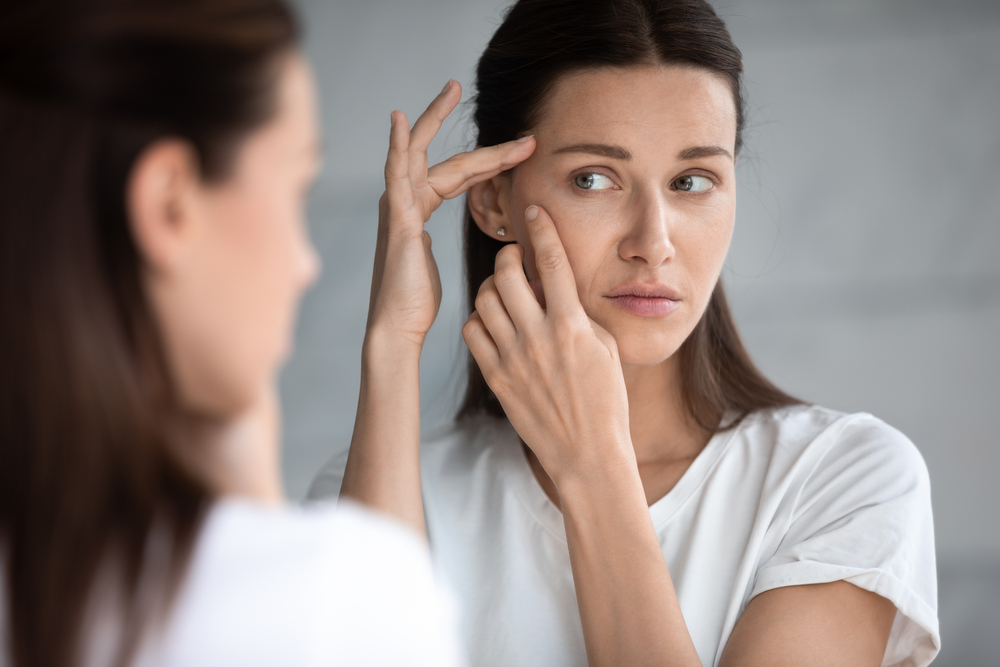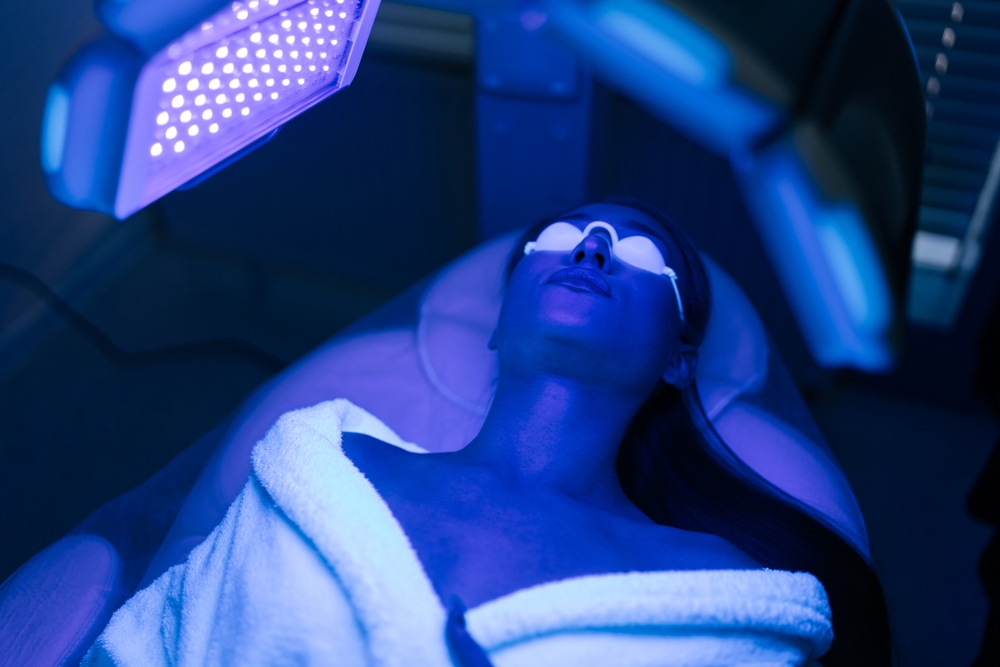Have you ever caught yourself staring at a small mark on your skin and thinking, “Was that always there?” Maybe it was a freckle that seemed darker than before, a mole that looked a little uneven, or a patch of skin that just didn’t feel right. In those moments, it can be hard not to wonder if the spot is harmless or if it’s trying to tell you something more serious.
The truth is, most of us have asked this question at some point. And while many skin changes are completely benign, there are times when taking a closer look through a biopsy can give answers and peace of mind.
Understanding the Difference Between Common Skin Spots and Concerning Changes
Our skin undergoes just as many changes as we do, sometimes on a daily basis. Freckles show up after sunny days, moles might be with us since childhood, and scars can remind us of adventures, accidents, or even surgeries. Most of these marks blend into our daily routines and don’t give us cause for worry. However, the challenge comes when something new appears or an old spot starts to change. That’s when the question of a biopsy often enters the picture.
A biopsy is not just about detecting skin cancer, though that is often the concern that brings people in. It is also a tool that dermatologists use to diagnose rashes, chronic skin conditions, or unusual lesions that do not heal as expected. Knowing when it might be time for a biopsy can help patients feel more in control of their skin health and avoid unnecessary worry.
When Should You Consider a Biopsy?
The general rule of thumb is to trust your instincts if something looks or feels different on your skin. Dermatologists often encourage patients to think in terms of the “ABCDE” criteria when it comes to moles and suspicious spots:
- A for Asymmetry: One half does not look like the other.
- B for Border: The edges look irregular or jagged.
- C for Color: More than one color appears, such as black, red, or blue.
- D for Diameter: Spots larger than a pencil eraser should be checked.
- E for Evolving: Any noticeable change in size, shape, or symptoms.
But there are also more subtle signs that can suggest a biopsy might be useful. Persistent itching, bleeding without cause, crusting that will not resolve, or a sore that never seems to heal can all be reasons to have a dermatologist take a closer look.
What Happens During a Skin Biopsy?
Hearing the word “biopsy” can sound intimidating, but the procedure itself is usually quick and straightforward. The goal is to remove a small piece of the affected area so it can be examined under a microscope. There are a few different methods that might be used depending on the type and size of the spot:
- Shave Biopsy: A thin layer is gently shaved off the surface of the skin.
- Punch Biopsy: A circular tool removes a deeper sample, including several layers of skin.
- Excisional Biopsy: The entire lesion is removed, which may also serve as treatment if the spot is small.
The area is numbed beforehand, so patients typically feel little more than pressure or mild discomfort. Stitches may be needed for larger biopsies, but smaller ones often heal with just a bandage.
Table: Types of Skin Biopsies and What to Expect
| Biopsy Type | How It’s Done | Typical Use Case | Healing Time |
| Shave Biopsy | Thin layer shaved from the surface of the skin | Raised moles, superficial lesions | Few days to 1 week |
| Punch Biopsy | Small, circular sample including deeper layers | Rashes, deeper spots, suspicious moles | 1 to 2 weeks |
| Excisional Biopsy | Entire spot removed with a scalpel | Larger or potentially cancerous lesions | 2 to 3 weeks |
This process is usually completed in the office, and patients can return to their normal routines quickly. The sample is then sent to a lab for analysis, and results are typically available within a week or two.
What if the Biopsy Confirms Skin Cancer?
For many people, the possibility of skin cancer is what drives them to seek answers in the first place. If the biopsy confirms something like basal cell carcinoma, squamous cell carcinoma, or melanoma, the good news is that modern dermatology offers highly effective treatments.
One of the most precise and successful options is Mohs surgery in Southampton, PA, and the surrounding areas. This procedure allows a dermatologist to remove thin layers of skin one at a time, examining each layer under a microscope as they go. The process continues until no cancer cells are detected, which preserves as much healthy tissue as possible. Mohs surgery is especially effective for areas where both function and appearance matter, like the face or hands.
Preparing for Mohs Surgery
If Mohs surgery is recommended, preparation is often simpler than people expect. Patients are typically advised to eat a normal breakfast, bring something to pass the time, and plan to be at the office for a few hours. The procedure is done under local anesthesia, so there is no need for a hospital stay or general sedation.
After the surgery, patients are given clear instructions for wound care, scar management, and follow-up visits. Recovery times vary depending on the size of the area treated, but most patients can return to everyday activities within a short period.
Why Biopsies Bring Peace of Mind
Even if a biopsy reveals that a spot is benign, the reassurance it provides is invaluable. For many patients, the relief of knowing they took the right step outweighs the temporary inconvenience of the procedure. On the other hand, if something more serious is detected, early action often means simpler treatment and better outcomes.
The key takeaway is that no one should feel hesitant about asking their dermatologist whether a spot looks concerning. Waiting and worrying often prolongs anxiety, while a biopsy can provide answers and a clear path forward.
Everyday Habits That Support Healthy Skin
Beyond reacting to suspicious spots, daily skin habits can reduce your risk and help you feel more confident in your own skin. Protecting yourself from the sun, staying hydrated, and doing routine skin checks can go a long way. Think of these habits as proactive care, a way of showing long-term respect to your skin.
Simple steps include:
- Applying broad-spectrum sunscreen daily.
- Wearing hats and protective clothing during extended sun exposure.
- Using gentle cleansers and moisturizers suited to your skin type.
- Setting a reminder for monthly self-exams in the mirror.
These practices do not replace professional visits, but they give you a strong foundation of care.
What to Expect After a Biopsy Result
The waiting period after a biopsy can feel challenging. Some patients describe it as a time when every phone call from their doctor’s office makes their heart skip. Typically, results return within a week, and your dermatologist will walk you through the findings in detail.
If the result is benign, you’ll likely leave with reassurance and maybe some preventive tips for the future. If further treatment is needed, your dermatologist will outline the next steps, whether it’s monitoring, additional testing, or Mohs surgery in Bucks County. Either way, you are never left without a plan.
How to Prepare Questions for Your Dermatology Visit
One of the most empowering parts of taking charge of your skin health is preparing for conversations with your doctor. Many people forget their most pressing questions once they’re in the exam room, so writing them down ahead of time can make a big difference.
When you meet with your dermatologist, it can help to mention how long you’ve noticed the spot, whether it has changed recently, and any symptoms like itching or bleeding. This information helps the physician decide whether a biopsy is needed and what type of biopsy is most appropriate.
Additionally, you might ask:
- What made this spot concerning to you?
- What type of biopsy are you recommending?
- How long until I receive results?
- If treatment is necessary, what are my options?
Having these questions ready ensures you walk away with clarity, not uncertaintyBringing up your concerns may feel intimidating, but dermatologists are accustomed to these conversations. In fact, they encourage patients to be proactive about skin health. If you notice a spot that fits any of the warning signs, or even if it just feels different, scheduling a visit is a smart decision.
Living with Scars and Spots
Sometimes a biopsy itself leaves a small scar, and for many people this can be a concern. Fortunately, dermatologists can recommend scar management techniques to minimize the appearance, such as silicone gels, laser treatments, or microneedling. Over time, most biopsy sites heal with minimal visibility.
It is also worth remembering that every scar tells a story. In this case, the story might be about taking care of yourself, staying proactive, and choosing to prioritize your health. Many patients view these small reminders as proof that they took steps to protect their well-being.
Don’t Let a Spot Cause You Excess Worry
Skin changes are part of life, but they do not have to be a source of ongoing worry. Whether it’s a mole that has changed shape, a spot that doesn’t heal, or a lesion that just seems out of the ordinary, asking a dermatologist about a biopsy is a proactive step toward peace of mind.
Get in contact with the knowledgeable team at Pennsylvania Dermatology Specialists today to get clarity on any spots and scars. With simple in-office procedures, clear results, and effective treatment options like Mohs surgery, patients can feel reassured that their skin health is in good hands.









